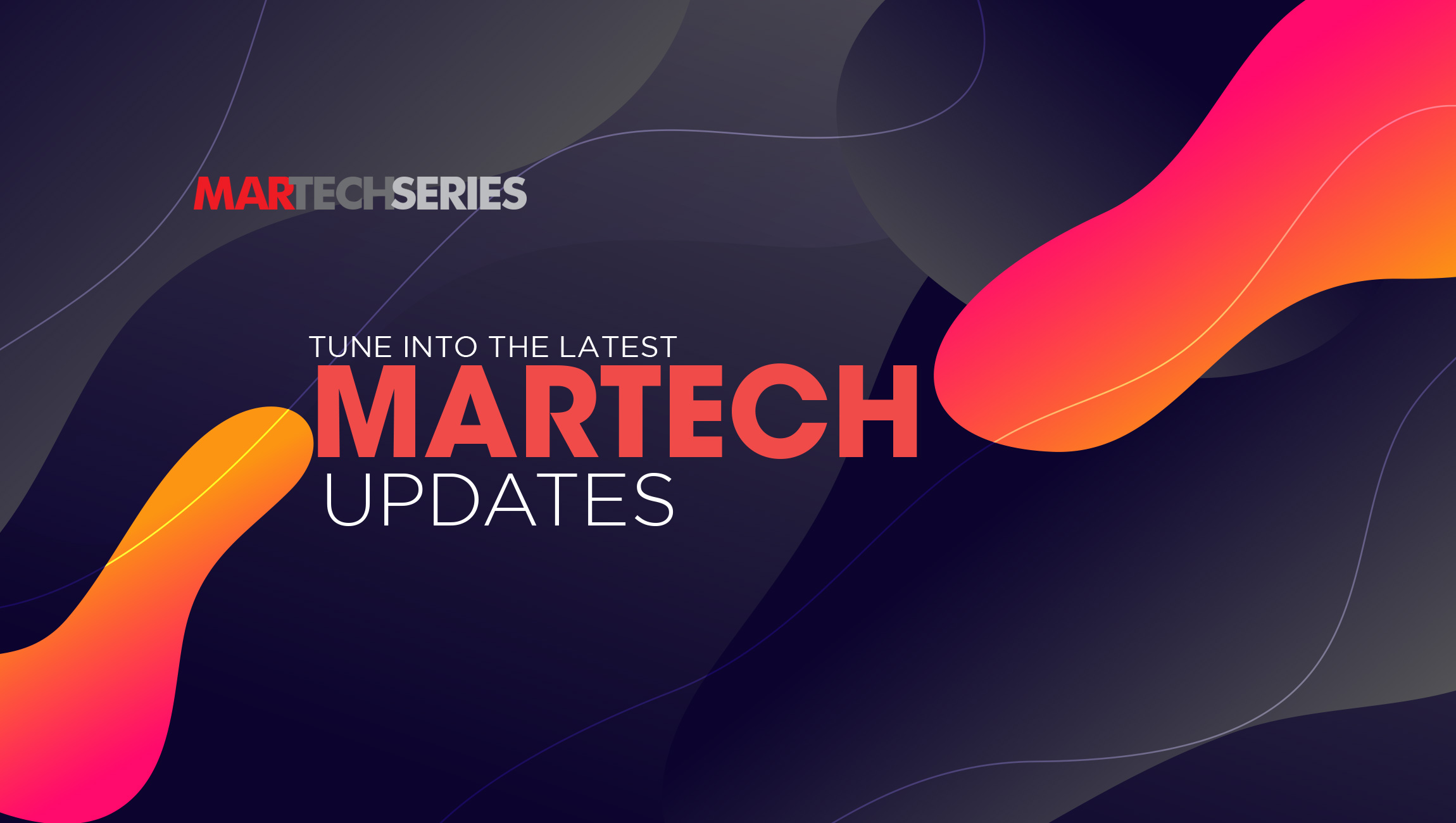Event planners have always taken risk into account, but no one could have been prepared to deal with the losses ushered in by COVID-19. As the industry has come to terms with this “new normal,” planners searched for ways to remain in front of their audiences and make money, without the possibility of traditional events. Months into the pandemic, event organizers are embracing virtual as the best near-term solution, but the prospect of bringing back an in-person component and hosting Hybrid events is right around the corner.
Recommended: Marketers Name ON24 Top Solution for Getting Business Done
As the name suggests, a hybrid event merges the best components of an online and an in-person event. It gives people the option to either travel to the event or experience it in-person, or to stay home and experience it virtually. While the concept is straightforward, the execution isn’t. It takes a clear strategy, comprehensive planning and slick orchestration to pull off a successful hybrid event. But most of all? The event must deliver a top-notch attendee experience, or it’s bound to flop.
Here are the top three elements that make or break the customer’s experience with successful hybrid events planning tactics:
Immersive technology
The online component of hybrid events are only possible because we have cloud computing and video conferencing solutions, unfortunately, none of these technologies were built for the sudden surge in demand and specific challenges that hybrid events present. Many web conferencing technologies were created to serve group gatherings on a much smaller scale or content formats that are incompatible with a virtual event. It’s imperative that you use technology that’s robust enough to truly act as the connective tissue between virtual and in-person audiences, and to be frank most vendors are still figuring things out. Here are a few things to look for in a successful Hybrid Event solution:
Your event’s mobile app is a foundational element that connects both virtual and in-person attendees. Make sure it can facilitate 1:1 communication via chat, video calls, and deliver essential event content.
Engaging and easy-to-use video streaming engagement options for speakers such as running polls, digital break out sessions, online Q&A forms and submissions.
Opportunities for all attendees to engage with speakers either online or offline, including one-on-one video chats with speakers.
Easy engagement tools that help connect attendees with similar interests or schedules to identify and communicate with one another, no matter how they attend the event.
The ability for sponsors to speak with attendees via video chat options.
The basics covered, including internet speed, microphones, cameras and lighting, so attendees can enjoy an uninterrupted experience.
Engaging content
To continue to attract people to events, event planners are going to have to take direction from modern, digital marketing. Like any modern media company, your focus should be on delivering relevant, personalized content and stellar experiences. The event itself should be fun and dynamic, but speakers’ content should be educational, valuable and actionable. No amount of gimmicks make up for mediocre content, and exceptional content will keep people coming back time and again.
The power of exceptional content can’t be overstated. You can repackage great content and use it to drive year-round engagement to build a deeper, ongoing relationship with your attendees. Slice session recordings into short promotional clips, deliver blog posts, supplemental research, infographics, etc. there’s no limit to what you can do. Continue to share targeted content throughout the year so you keep growing your subscriber base, which will naturally become your attendee base.
Personalized experiences
One of the most important aspects of a hybrid event is the ability to provide a personalized experience before, during and after the event. But personalization can’t happen without data. If you use the right technology, you can access, compile and analyze event data in order to identify attendee trends and segment audience lists. This way, you can launch targeted campaigns for specific groups of attendees.
For example, let’s say a handful of attendees joined a Q&A session with a speaker on a particular topic. You can segment them into their own list and put them into a follow-up nurture sequence that offers customized content on that same topic and a sales offer for a related workshop. They’ll enjoy receiving the information they actually care about, which will make them more likely to take the next steps you want them to. You can also use data to make breakout session suggestions or introduce personal connections.
Think of all the ways you can use your available data to curate content and experiences that will be valuable and memorable for attendees. This all but guarantees attendees leave the event satisfied, and excited for the next one.
Even once the COVID crisis passes, hybrid events will remain a beneficial option for event planners. Make sure you have the right technology in place, invest in worthwhile content and use your data strategically to improve the attendee experience. You’ll be rewarded with a successful hybrid event that will be remembered by everyone involved, and a community that keeps multiplying.











